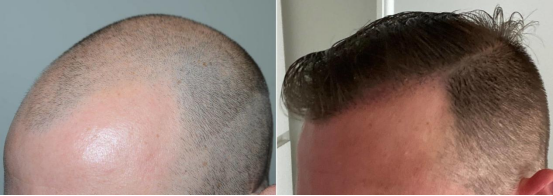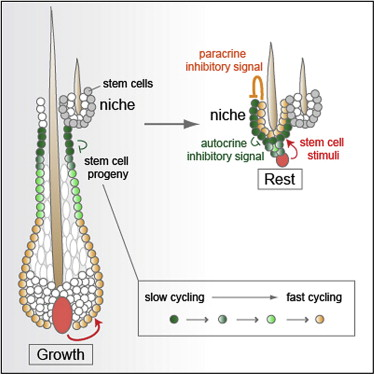Narendra Patwardhan 1, Venkataram Mysore; IADVL Dermatosurgery Task Force

Abstract
Hair transplantation is a surgical method of hair restoration.
Physician qualification: The physician performing hair transplantation should have completed post graduation training in dermatology; he should have adequate background training in dermatosurgery at a centre that provides education training in cutaneous surgery. In addition, he should obtain specific hair transplantation training or experience at the surgical table(hands on) under the supervision of an appropriately trained and experienced hair transplant surgeon. In addition to the surgical technique, training should include instruction in local anesthesia and emergency resuscitation and care.
Facility: Hair transplantation can be performed safely in an outpatient day case dermatosurgical facility. The day case theatre should be equipped with facilities for monitoring and handling emergencies. A plan for handling emergencies should be in place and all nursing staff should be familiar with the emergency plan. It is preferable, but not mandatory to have a standby anesthetist. Indication for hair transplantation is pattern hair loss in males and also in females. In female pattern hair loss, investigations to rule out any underlying cause for hair loss such as anemia and thyroid deficiency should be carried out. Hair transplantation can also be performed in selected cases of scarring alopecia, eyebrows and eye lashes, by experienced surgeons.
Preoperative counseling and informed consent: Detailed consent form listing details about the procedure and possible complications should be signed by the patient. The consent form should specifically state the limitations of the procedure and if more procedures are needed for proper results, it should be clearly mentioned. Patient should be provided with adequate opportunity to seek information through brochures, computer presentations, and personal discussions. Need for concomitant medical therapy should be emphasized. Patients should understand that proper hair growth can be expected after about 9 months after transplantation. Preoperative laboratory studies to be performed include Hb%, blood counts including platelet count, bleeding and clotting time (or prothrombin time and activated partial thromboplastin time), blood chemistry profile including sugar.
Methods: Follicular unit hair transplantation is the gold standard method of hair transplantation; it preserves the natural architecture of the hair units and gives natural results. Mini-micro-grafting is a method hair transplantation involving randomly assorted groups of hairs, with out consideration of their natural configuration of follicular units, under loupe or naked eye examination. Mini-grafts consist of 4-5-6 hairs while micro-grafts consist of 1-3 hairs. Punch gives ugly cosmetically unacceptable results and should no longer be used.
Patient selection: Hair transplantation can be performed in any person with pattern hair loss, with good donor area, in good general health and reasonable expectations. Caution should be exercised in, very young patients whose early alopecia is still evolving, patients with Norwood grade VI or VII with poor density, patients with unrealistic expectations, and patients with significant systemic health problems.
Medical therapy: Most patients will need concurrent medical treatment since the process of pattern hair loss is progressive and may affect the remaining hairs.
Manpower: Hair transplantation is a team effort. Particularly, performing large sessions, needs a well trained team of trained assistants.
Anesthesia: 2% lignocaine with adrenaline is generally used for anesthesia; tumescent technique is preferred. Bupivacaine has been used by some authors in view of its prolonged duration of action.
Donor dissection: Strip dissection by single blade is recommended for donor area. Steromicroscopic dissection is recommended for dissection of hair units in follicular unit transplantation; mini-micro-grafting does not need microscopic dissection.
Recipient insertion: Different techniques and different instruments have been used for recipient site creation ;these depend on the choice of the operating surgeon and have been described in the guidelines. Graft preservation is important to ensure survival.
Density: Minimum density of 35-45 units per sq cm is recommended. Results depend on donor characteristics, technique used and individual skills of the surgeon.





Post comments